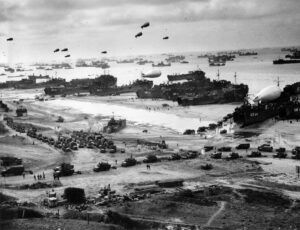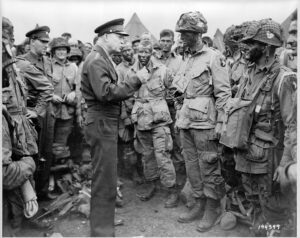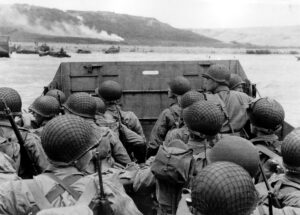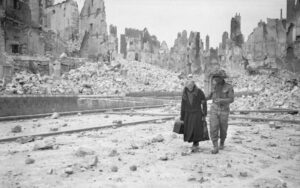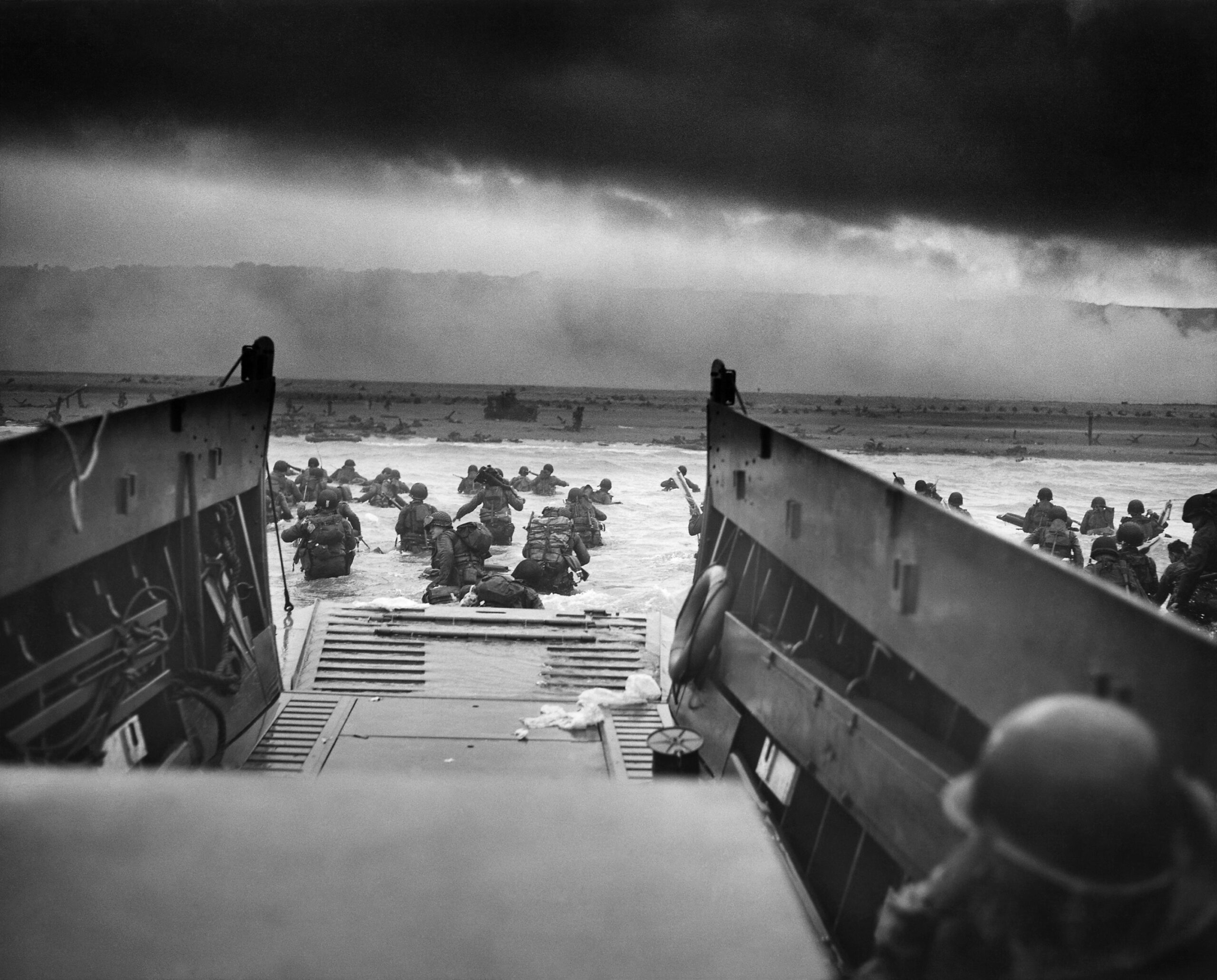
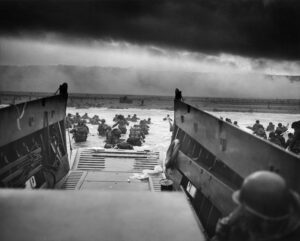
80 Years Later: Reflecting on the Strategy and Sacrifice of D-Day
Image: Second World War: Europe; “Into the Jaws of Death — U.S. Troops wading through water and Nazi gunfire”, circa 1944-06-06.
Today marks the 80th anniversary of the D-Day landings, the largest seaborne invasion in history. Allied forces, comprising over 5,000 ships, 11,000 airplanes, and 150,000 soldiers, stormed the beaches of Normandy in France to initiate the liberation of western Europe from Nazi occupation in WWII. This multinational effort included sailors, soldiers, and airmen from the UK, USA, Canada, Australia, Belgium, Czechoslovakia, France, Greece, the Netherlands, New Zealand, Norway, and Poland.
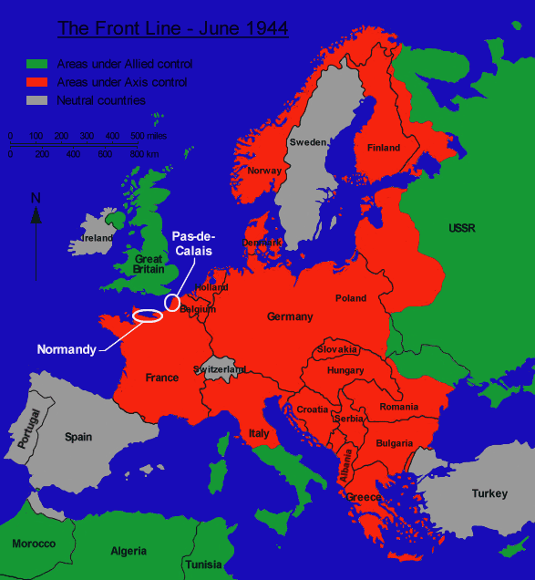
Why is it called ‘D-Day’?
‘D-Day’ is the term used to refer to the start of any military operation, so there would have been many ‘D-Days’ before the Normandy landings. The D-Day of 6 June 1944 was the launch of the military operation called Operation Overlord. Because it became so famous, the term ‘D-Day’ is now always used in reference to that historical event.
Did you know? The D-Day invasion was planned for the 5th of June however in true British fashion, the weather was too bad for the ships to set sail, so it was postponed until the day after.
Why Normandy?
The Allies decided to invade Normandy because they knew it was where Germany least expected them to attack. It had one of the furthest crossing distances from the UK and no port. The Allies invented and constructed two artificial harbours to solve the port problem and transported 7,000 tonnes of vehicles and goods over them each day.
The beachhead at Normandy allowed the Allies to bring more than 2 million additional troops into France by the end of August.
Tank landing ships with barrage balloons deployed, unloading supplies on Omaha Beach.
Did you know? “Fake news” played a big role in the success of D-Day. German intelligence knew that the Allies were planning an attack, so the Allies ran operations to confuse them on when, and where, that attack would take place. They leaked fake plans, set up fake camps and sent fake coded radio messages. On the morning of June 6, members of the French Resistance cut telephone lines to stop news of the invasion reaching the German High Command. When the news did reach them, German intelligence wasn’t sure whether the attack was real even as it was taking place.
What happened during the invasion?
Shortly after midnight, Operation Overlord commenced with more than 13,000 British and American paratroopers dropping into Normandy behind German lines under cover of darkness.
The order for the day included this message from Supreme Allied Commander Dwight D. Eisenhower: “You are about to embark upon the Great Crusade, toward which we have striven these many months. The eyes of the world are upon you. The hopes and prayers of liberty-loving people everywhere march with you.”
General Eisenhower speaking with a battalion of paratroopers.
Meanwhile, the Allies’ aerial bombardment began with 2,200 planes attacking German positions along the coast and further inland.
British, Canadian and American seaborne units began to land about 6:30 am. The beaches were code-named Gold, Juno, Sword, Utah, and Omaha. The American division at Omaha Beach met with heavy machine gunfire as the troops waded ashore. The troops eventually managed to make their way inland—at the cost of more than 2,000 casualties.
American troops, part of the U.S. 1st Infantry Division on Omaha.
“When we got to the beach, I said to one of my men, Cpl. Meyers, ‘If there’s a hell, this has got to be it,'” recalled American Army Sgt. Ray Lambert. “And it was about a minute later that he got a bullet in his head.”
“When we got within a thousand yards of the beach, you could hear the machine-gun bullets hitting off the front ramp of the boat,” recalled U.S. Sgt. Ray Lambert. “The ramp went down, and we were in water over our heads. Some of the men drowned. Some got hit by the bullets. The boat next to ours blew up. Some of those men caught fire. We never saw them again.”
A British soldier escorts an elderly lady in the heavily bombed French city of Caen, July 1944
More than 4,000 Allied soldiers, most of them younger than 20 years old, died in the June 6, 1944 invasion. Up to 20,000 French civilians were reportedly killed in the bombings, and more than 4,000 German troops died.
Following the mass casualties of D-Day, the Battle of Normandy ended roughly three months later when Allied troops liberated France from Nazi control.

